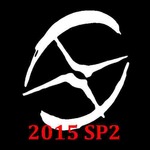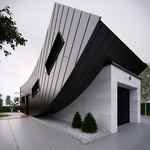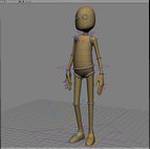I am working on MetaSL shaders at this time, so did not have the chance to test MILA deeply but I like the principles of layering. I am looking at transferring some of the knowledge of MILA to MetaSL.
MetaSL in the other hand is PITA. In Soft2013, we still have specification 1.1.6. Hope Soft moved to 1.2.2 as we are missing some good types, functions and methods (Color3, transform_to_local, etc)
It look like some thing are also broken in Soft interpreter as some shaders only show inputs (althought the code clearly show outputs). I found some solutions for some of them thought.
I would like to also access the geoshader attributes, but that is for an other time. I may have to go native C++ for that.
Thanks for your contribution to the MILA shaders. Your comments are very much appreciated.
Dan

































































